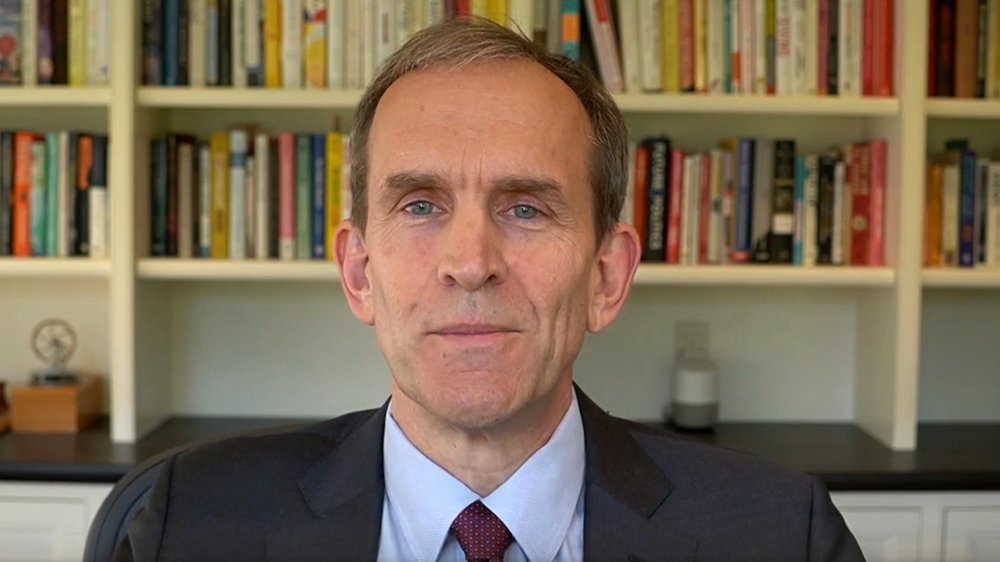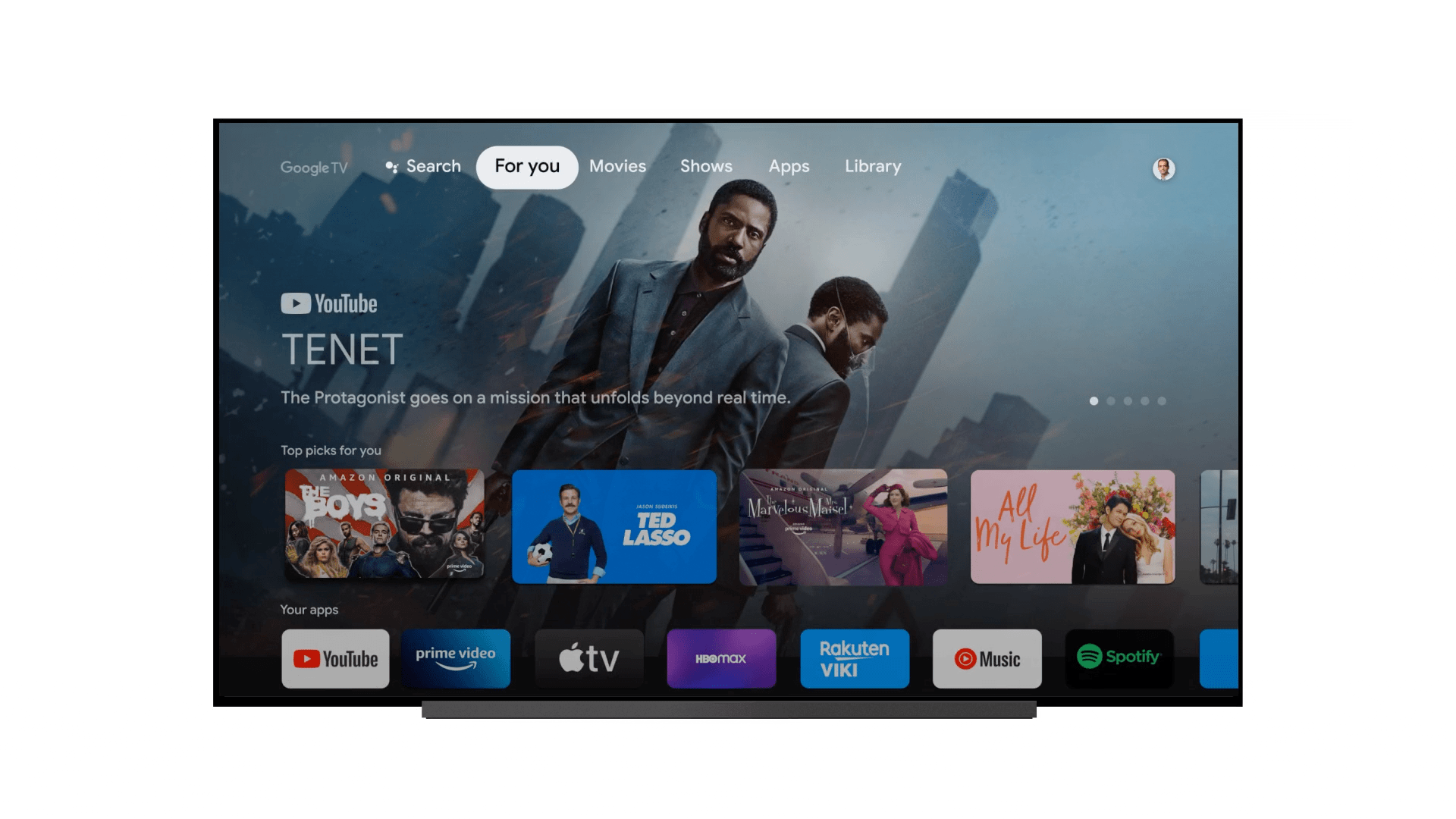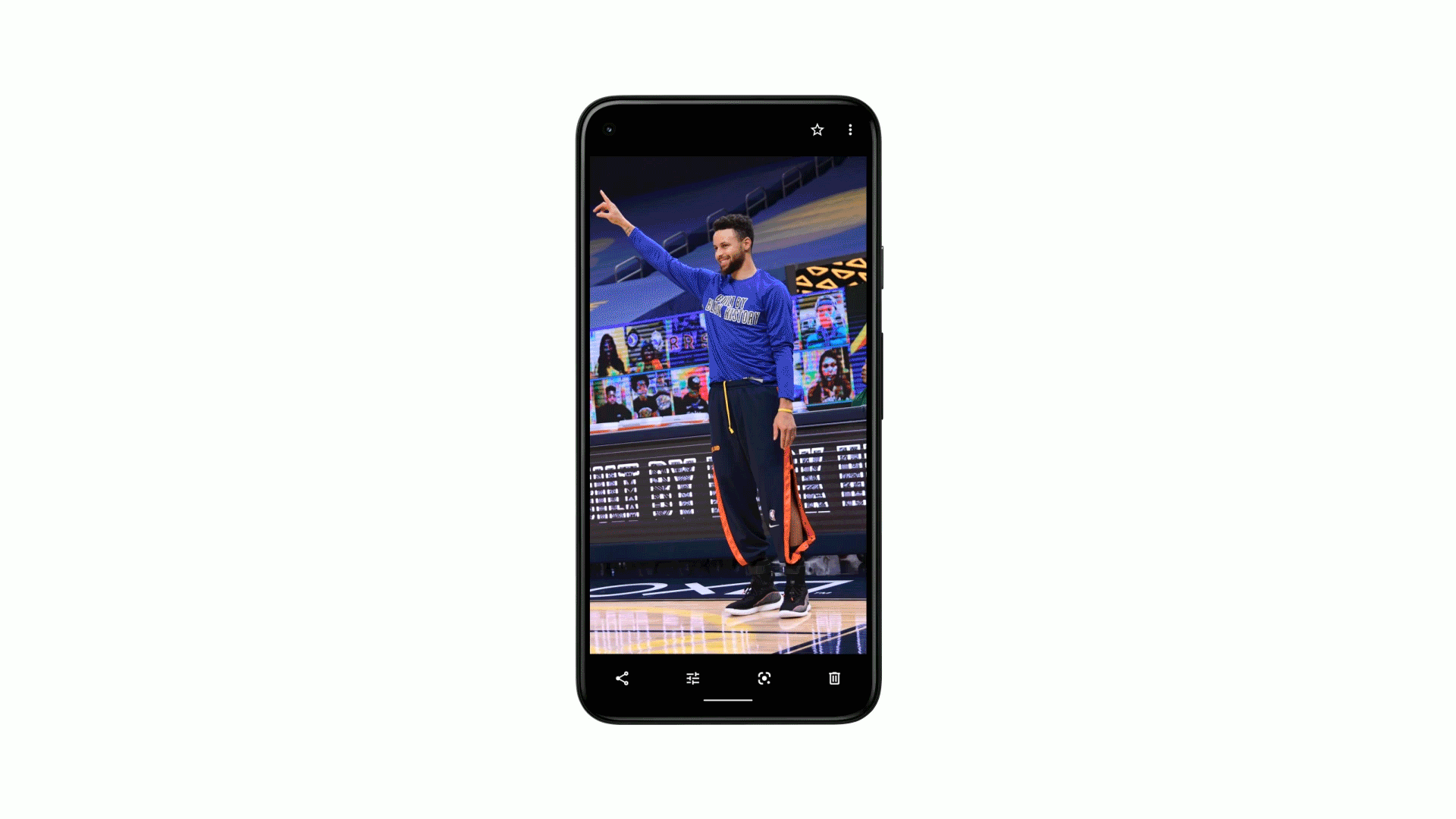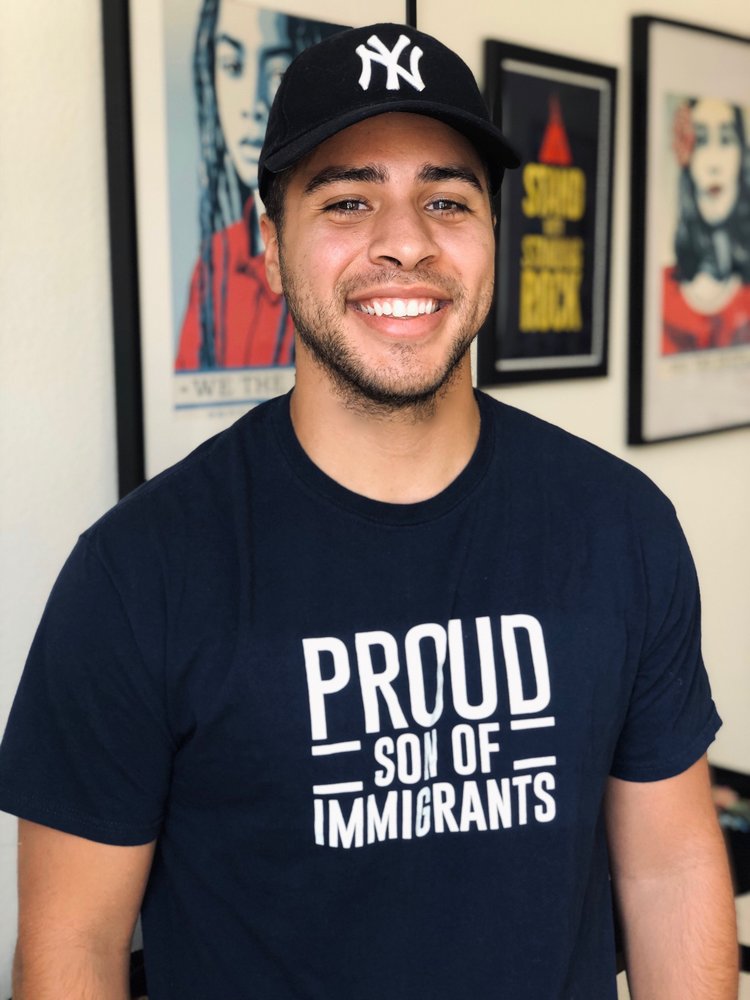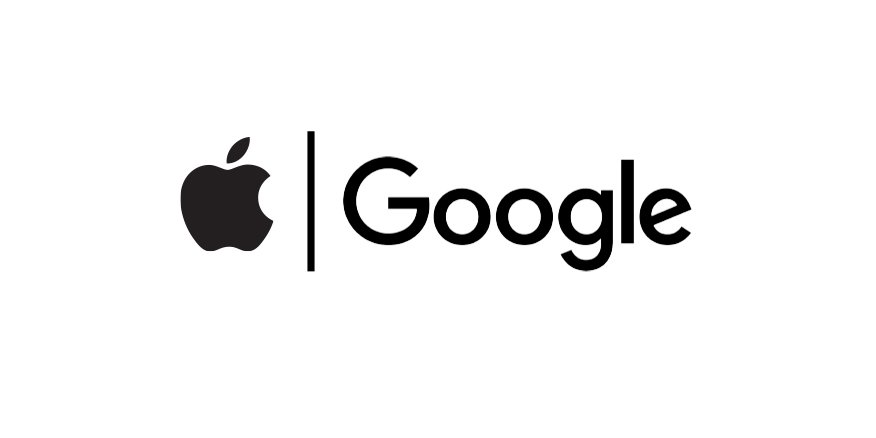In remarks to the UN's High-Level Humanitarian Event on Anticipatory Action, Google SVP for Global Affairs, Kent Walker, discusses collaboration to accelerate crisis preparedness and predict crises before they happen. Read the full remarks below.
Mr. Secretary General, your excellencies, ladies and gentlemen - it’s an honor to join you as we come together to discuss these critical humanitarian issues.
As you know, technology is already raising living standards around the world—leveraging science to double life spans over the last 100 years, helping a billion people emerge from poverty in the last 30 years alone. And innovation will help drive environmental sustainability, raise living standards, improve healthcare, and enhance crisis response.
But addressing global needs in a meaningful way requires strong collaborations between technologists, governments, humanitarian organizations, and those most directly affected.
That’s why we are pleased to announce a $1.5 million commitment to OCHA’s Center for Humanitarian Data. Over the next two years, Google.org will support the Center in scaling up the use of forecasts and predictive models to anticipate humanitarian crises and trigger the release of funds before conditions escalate.
From the earliest days of efforts like Hans Rosling’s GapMinder, it’s been a dream that rather than waiting for a crisis to occur, data and technology could help predict events like droughts or food shortages weeks ahead of time, allowing agencies to provide alerts and deliver supplies to avert the crisis. That technology exists now, today—and we need to put it to work.
With the signs of climate change all around us, it’s essential that we improve our collective preparedness, and protect our most vulnerable populations.
Google is honored to support the critical work led by OCHA and the Center for Humanitarian Data, and we’re committed to combining funding, innovation, and technical expertise to support underserved communities and expand opportunity for everyone.
We hope others will join us in the important work of getting ahead of crises before they happen.
Thank you.
